[Photo story] How did Ryukyu issue become entangled in the China-US conflict?
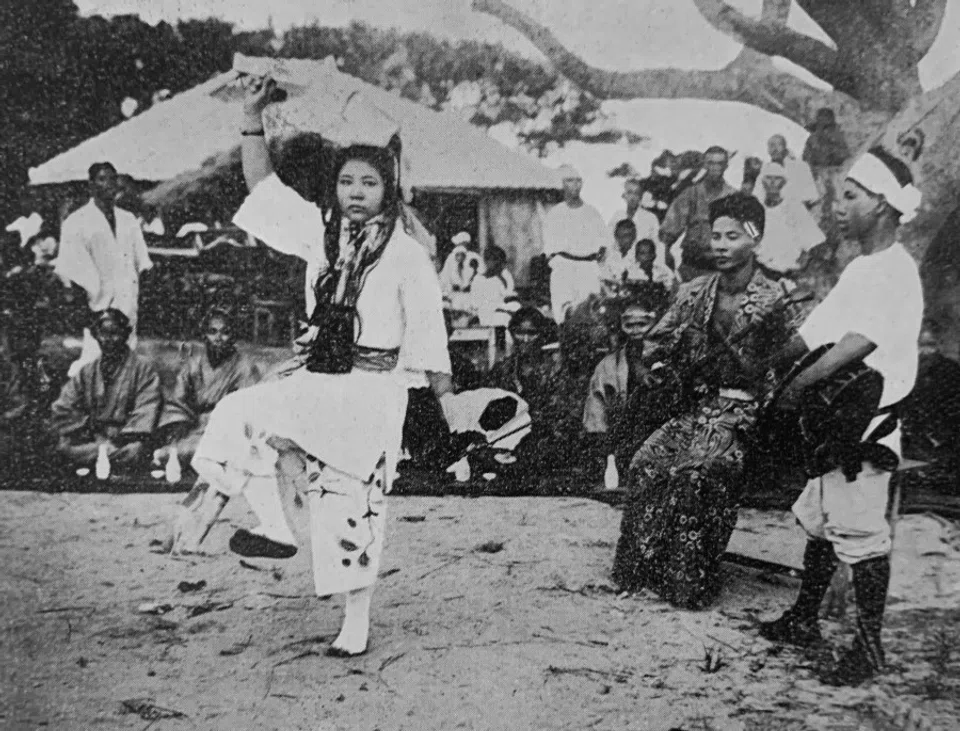
(All photos courtesy of Hsu Chung-mao.)
Amid the power struggle between China and the US in international politics, the previously quiet topic of sovereignty over the Ryukyu islands has suddenly resurfaced. But while it may appear sudden, it has its historical roots, and its reemergence as a political issue is related to the worsening of China-US ties.
The Ryukyu issue arose following the recent visit to China by Denny Tamaki, the governor of Okinawa prefecture in Japan. Paying his respects at a cemetery in Beijing that includes the graves of people from Ryukyu - a historical kingdom that included Okinawa island - Tamaki repeated his stand that despite the statement by former Japanese Prime Minister Shinzo Abe that "a Taiwan emergency is a Japanese emergency", Okinawa should never again become a battlefield where the tragedy of World War II is repeated.
During an earlier visit to Fujian, Chinese President Xi Jinping emphasised the close historical relationship between Fujian and Ryukyu. Tamaki responded to Xi's comments, noting the need for deeper communication between Okinawa and China. This exchange between the leaders of China and Okinawa shows that the Ryukyu issue is no longer just an academic topic, but could become a part of politics, which will have a fundamental impact on Japan and China-Japan relations.
A kingdom influenced by Chinese culture
To get to the core of this issue, we must first delve into the history of Ryukyu itself. Ancient Ryukyu was an independent kingdom with its own language, culture and system of government. Due to its geographical proximity to Fujian province in China, Ryukyu had close interactions and migrations with the people of Fujian, and was deeply influenced by Chinese culture. Some Ryukyuans are descendants of Fujianese, and retain certain Fujian customs.

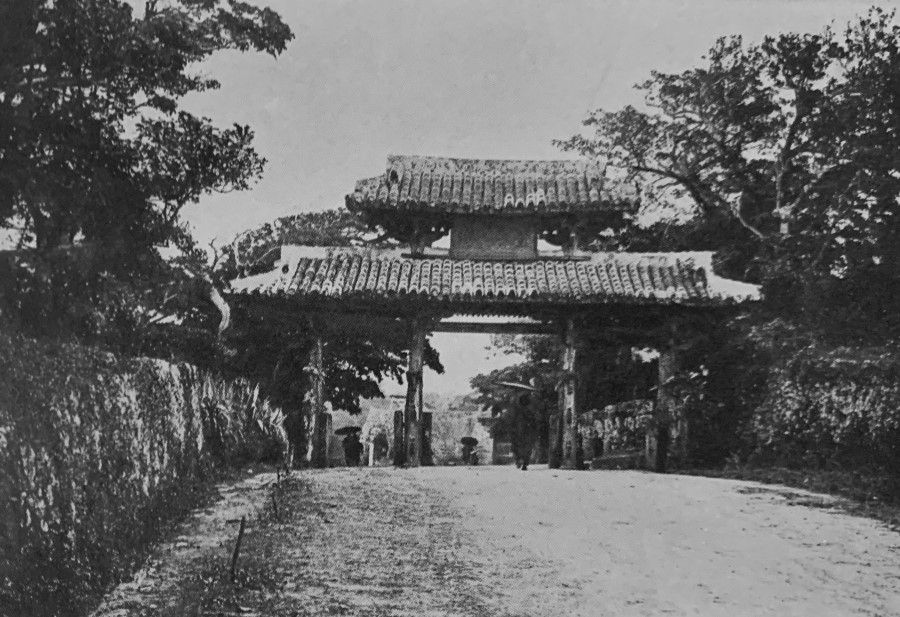
Ryukyu first established a tributary relationship with China during the Ming dynasty (1368 to 1644). In 1609, during the Tokugawa/Edo shogunate (1603-1868), the feudal lords of the Satsuma domain (present day Kagoshima Prefecture) invaded Ryukyu. During this period, the Ryukyu Kingdom paid tribute to both the Tokugawa shogunate and China, while maintaining its independent identity. In 1655, following the fall of the Ming dynasty, the Tokugawa shogunate approved tributary relations between Ryukyu and the Qing dynasty. This arrangement lasted until 1875, when Japan ordered an end to tributary relations with China.
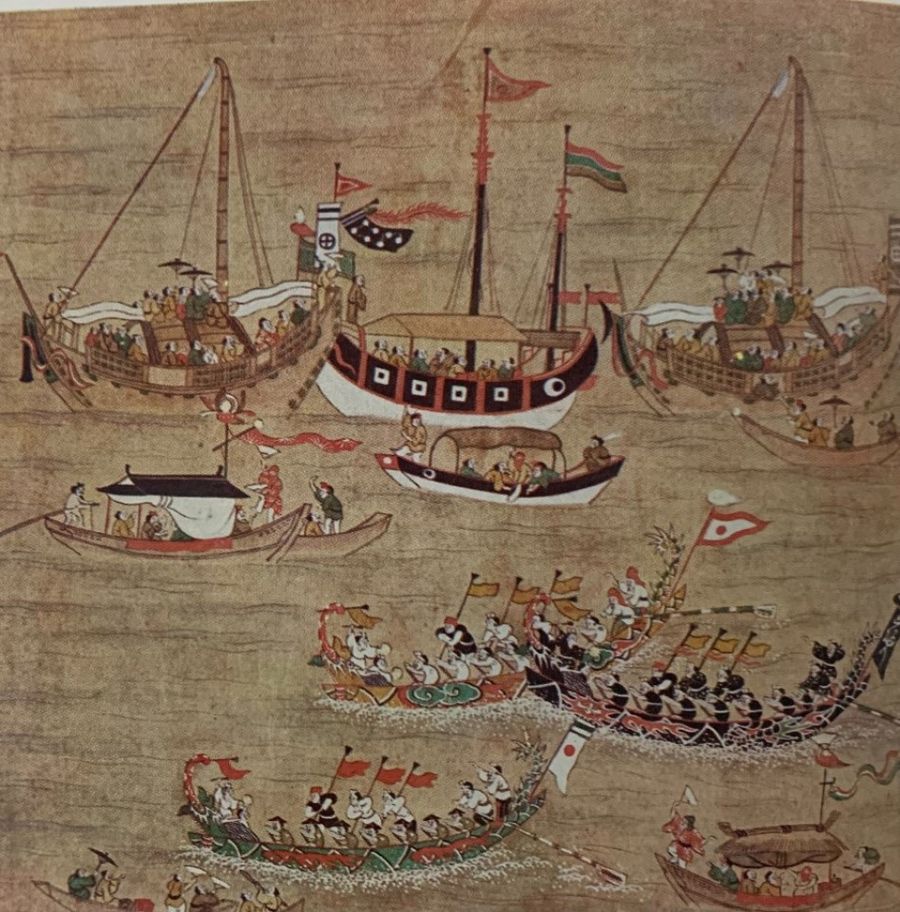
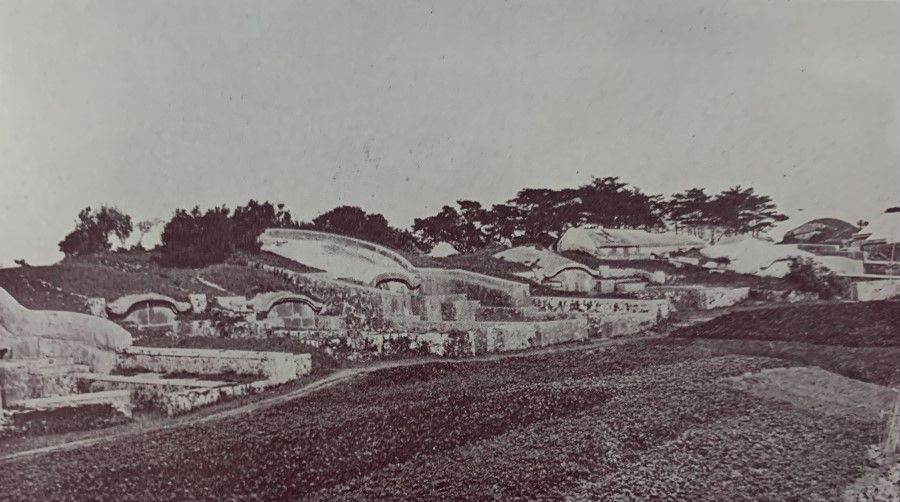
During the Meiji Restoration, Japan embarked on a path of overseas military expansion. In 1872, Emperor Meiji unilaterally declared Ryukyu a feudal domain. Two years later, under the pretext of an incident where 54 Ryukyuan fishermen were killed by indigenous Taiwanese in December 1871, Japan sent troops to attack indigenous tribes in Taiwan, marking Japan's first military action of overseas expansion - this came to be known as the Taiwan Expedition/Mudan incident. In 1879, Japan officially annexed Ryukyu, turning it into Okinawa prefecture.

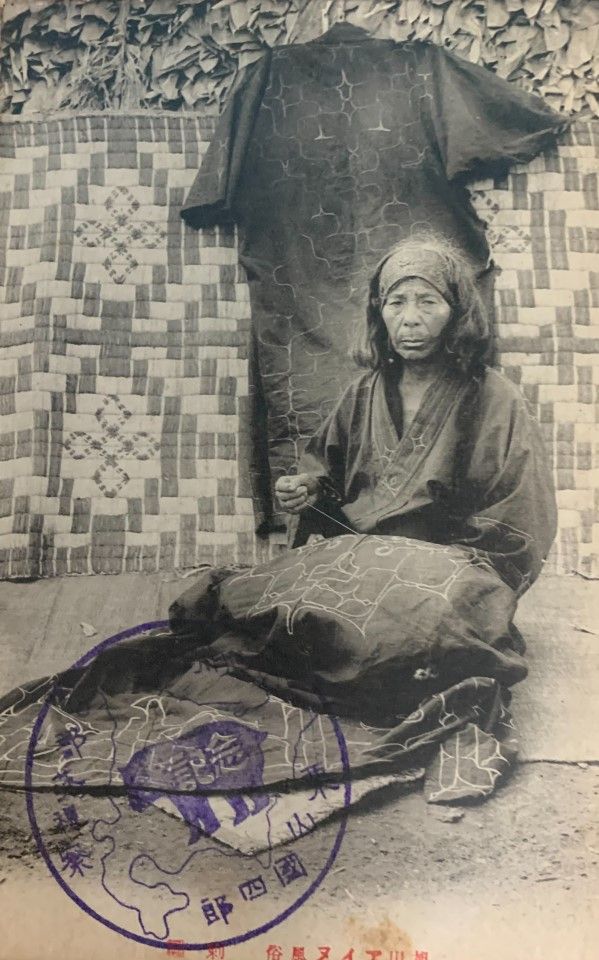
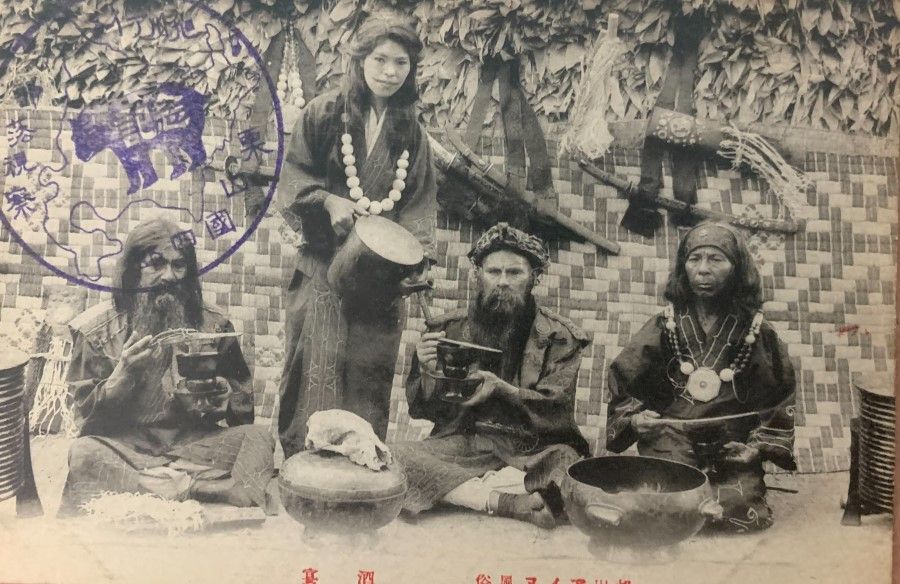

The primary targets of Japan's imperial overseas expansion were Ryukyu, Hokkaido and Taiwan, and these three regions were forcibly annexed through military means while discriminatory policies were implemented against the people in those regions, whom the Japanese people derogatorily referred to as inferior humans. The Japanese government even exhibited the indigenous people of Hokkaido, Ryukyu and Taiwan in "human zoos", reflecting the blatant racism of that era in Japan and the West.
Fears of a return to the Battle of Okinawa
However, the biggest tragedy for the people of Ryukyu in the Japanese empire was not the everyday discrimination, but the devastating ordeal at the end of World War II. In early April 1945, the Allied forces launched Operation Iceberg, with nearly 500,000 troops targeting Okinawa. It was the largest amphibious landing operation of the Pacific War, lasting until mid-June.
As Japanese forces defended to the death, the situation was brutal; nearly 100,000 out of 120,000 Japanese soldiers died, along with tens of thousands of Okinawan civilians. The Japanese government spread the word that the Allied forces would rape women and massacre the populace, and some Okinawan women killed themselves to avoid such a fate. Almost every family lost somebody.
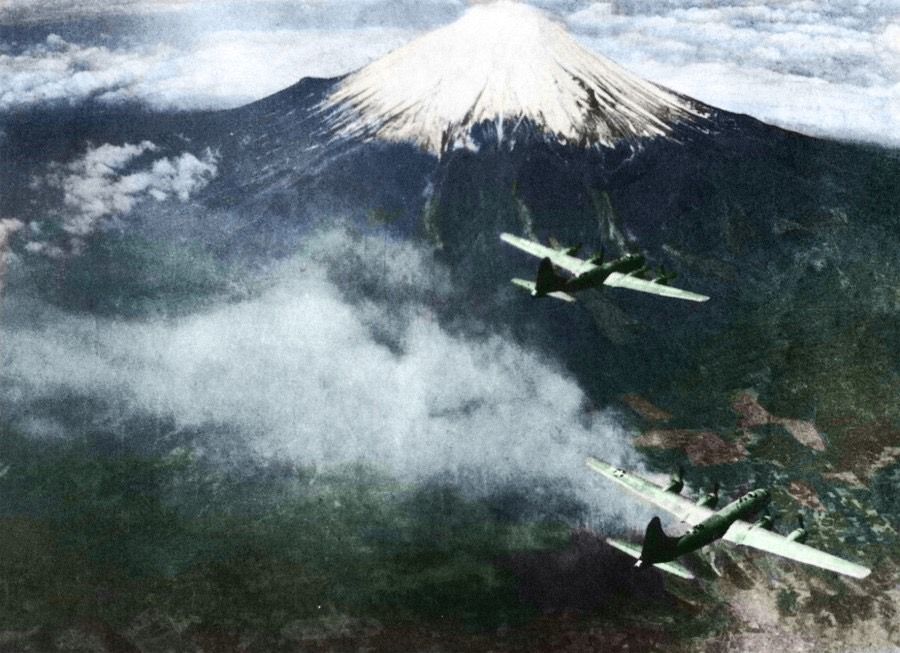
After the war, the people of Okinawa began to seriously contemplate their role, in particular the fundamental question of why the Japanese government, which called on them to give their lives, unconditionally surrendered after the Battle of Okinawa. Was Okinawa only a sacrificial pawn within the Japanese empire?
After World War II, Okinawa came under US administration; in 1972, the US returned the administrative control of Okinawa to Japan, albeit retaining a strong military presence. About 70% of US military forces stationed in Japan are based in Okinawa, making it a strategic frontline for US dominance in Asia.
But while the US military bases bring significant economic benefits and are a major driving force for Okinawa's economy, there are frequent cases of unlawful behaviour by US troops. However, due to extraterritorial jurisdiction, perpetrators are often cleared or receive lenient sentences, and the Japanese judicial system cannot deliver justice for the Okinawan people. Furthermore, Okinawans are forced to live with the environmental damage and pollution caused by the huge US military bases.



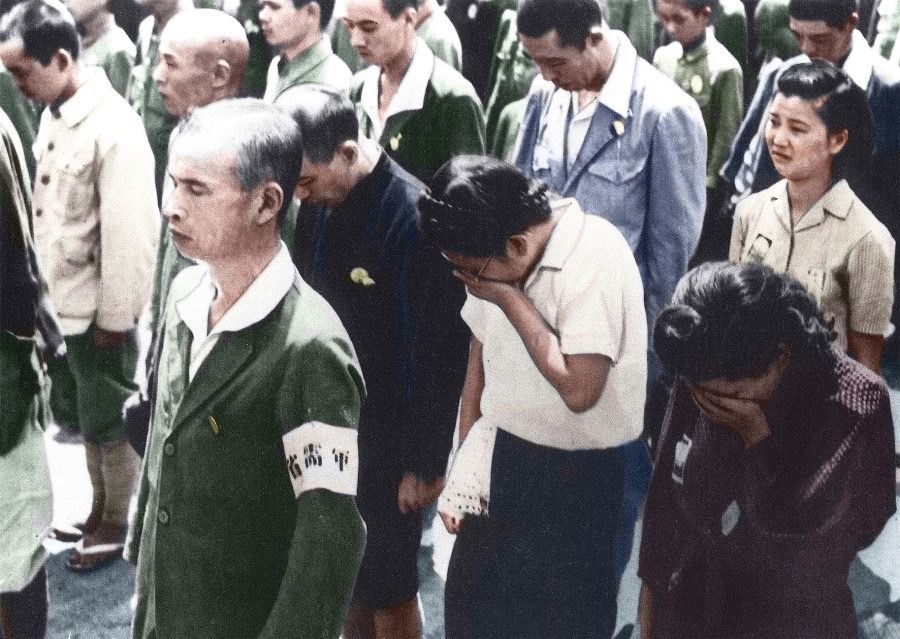
But the true nightmare is the significant risk of war. When China-US relations are amicable, the sense of crisis for the people of Okinawa may not be as strong. But when China-US relations deteriorate and the danger of war becomes real, it reminds the people of Okinawa of their painful past, and that if a conflict erupts between China and the US, Okinawa would be the first to bear the brunt. The question is, why should they be forced into a war that has nothing to do with them, when there is no quarrel between the Okinawans and the Chinese? Why should they pay the heaviest price?
A quest to control one's own destiny
This awakening to controlling their own destiny has led to growing calls for Okinawan independence. In surveys within Okinawa, over 70% of Okinawans think the concentration of US bases in their prefecture is unfair. While the will of the Okinawan people may not directly influence the decisions of Tokyo and Washington, ignoring public sentiment in Okinawa would detriment the image of the US and Japan as "defenders of democracy".
In the past, China did not make any special claim to the sovereignty of Okinawa. Although the Potsdam Declaration said: "Japanese sovereignty shall be limited to the islands of Honshu, Hokkaido, Kyushu, Shikoku, and... minor islands..." and did not mention the inclusion of Okinawa in Japan's territory, China did not raise any issues to latter developments.
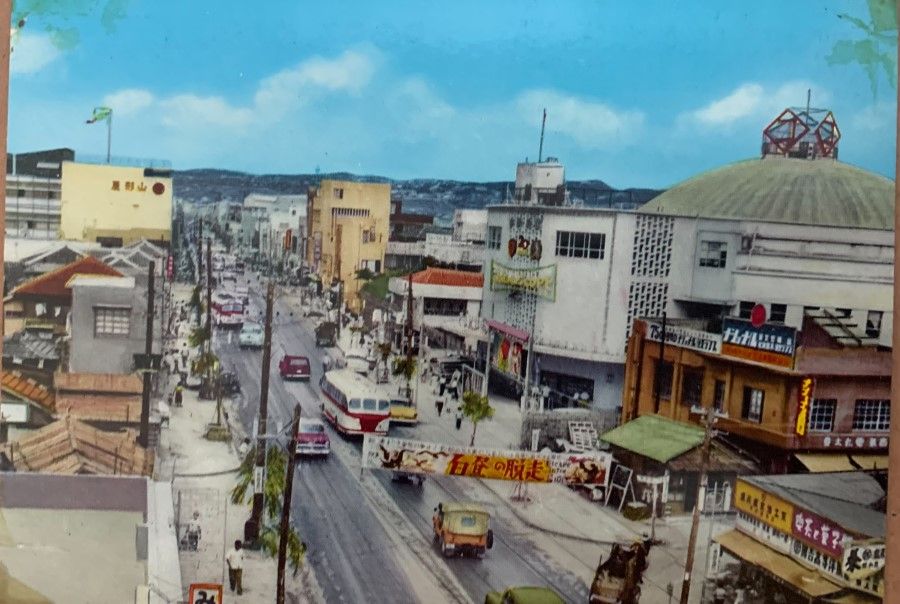
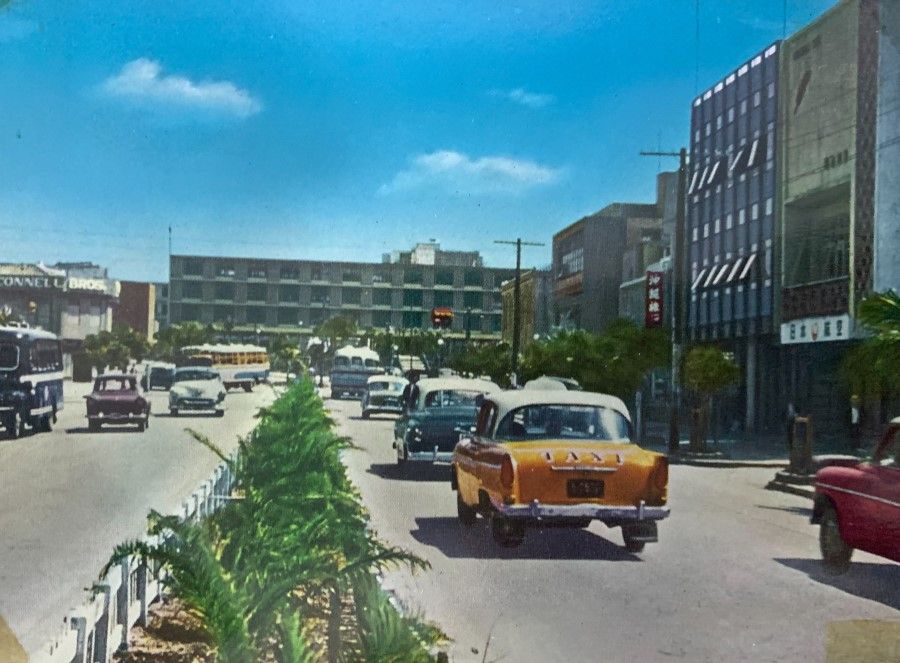
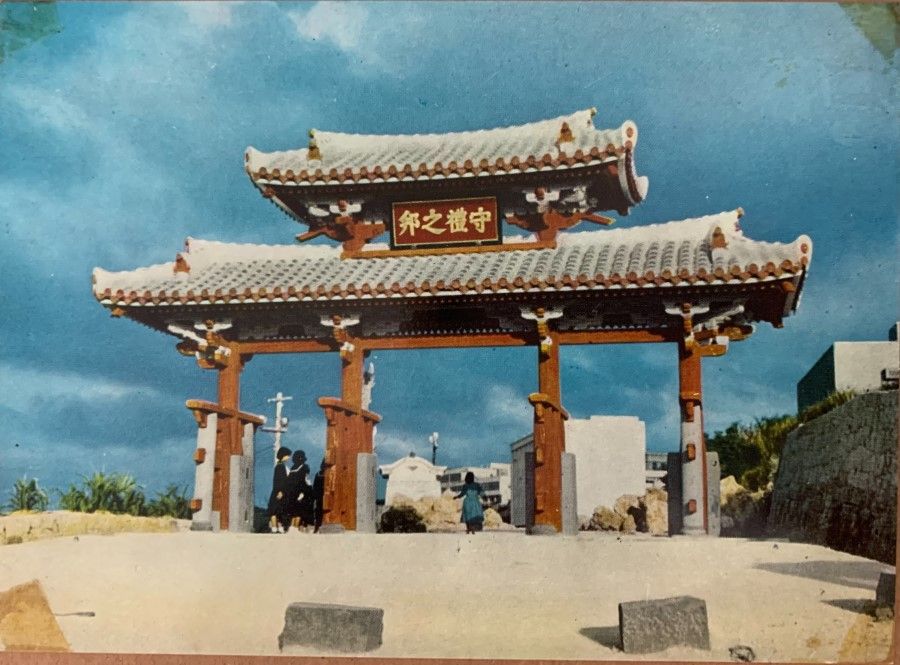
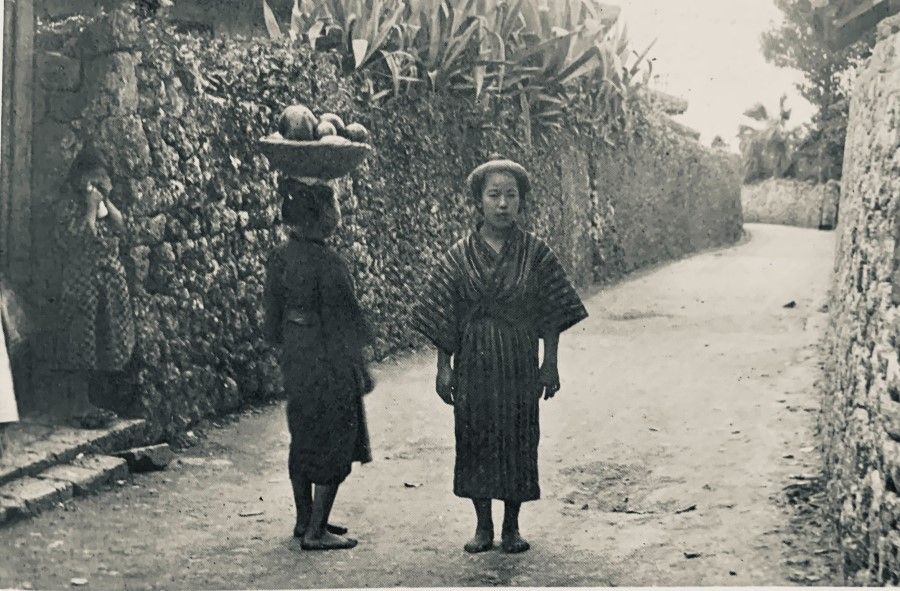
However, after the Japanese government asserted that "a Taiwan emergency is a Japanese emergency", openly intervened in the Taiwan Strait and supported pro-Taiwan independence forces while maintaining ambiguity on Taiwan's sovereignty; and seeing that Okinawans want the US military to pull out, and even call for restoring the ancient Ryukyu kingdom, the overall situation gives the Chinese government strategic opportunities.
Okinawans are also evaluating if they should actively communicate with the Chinese government to express their unwillingness to be involved in the conflict between China and the US. Governor Tamaki has taken the initiative to establish relations with Beijing, expressing different views from the Tokyo government and gaining affirmation and support from the Chinese government.
And with that, the territorial conflict between China and Japan may no longer be limited to the Senkaku/Diaoyu Islands. China could argue that Okinawa does not belong to Japan and use it as a retaliatory tool against Japan's handling of the Taiwan issue - the authorities might even use Okinawa's ancient name of Ryukyu, posing serious challenges to Japan.
Related: Taiwan history textbooks makeover: Eliminating country, people, history and culture? | [Photo story] From admirer to conquerer then equals: Japan's evolving relations with China over the centuries | [Photo story] The historical aftermath of Japan's colonisation of Taiwan | History lessons: Who gets to decide what is humiliating, unfair, right or wrong?
